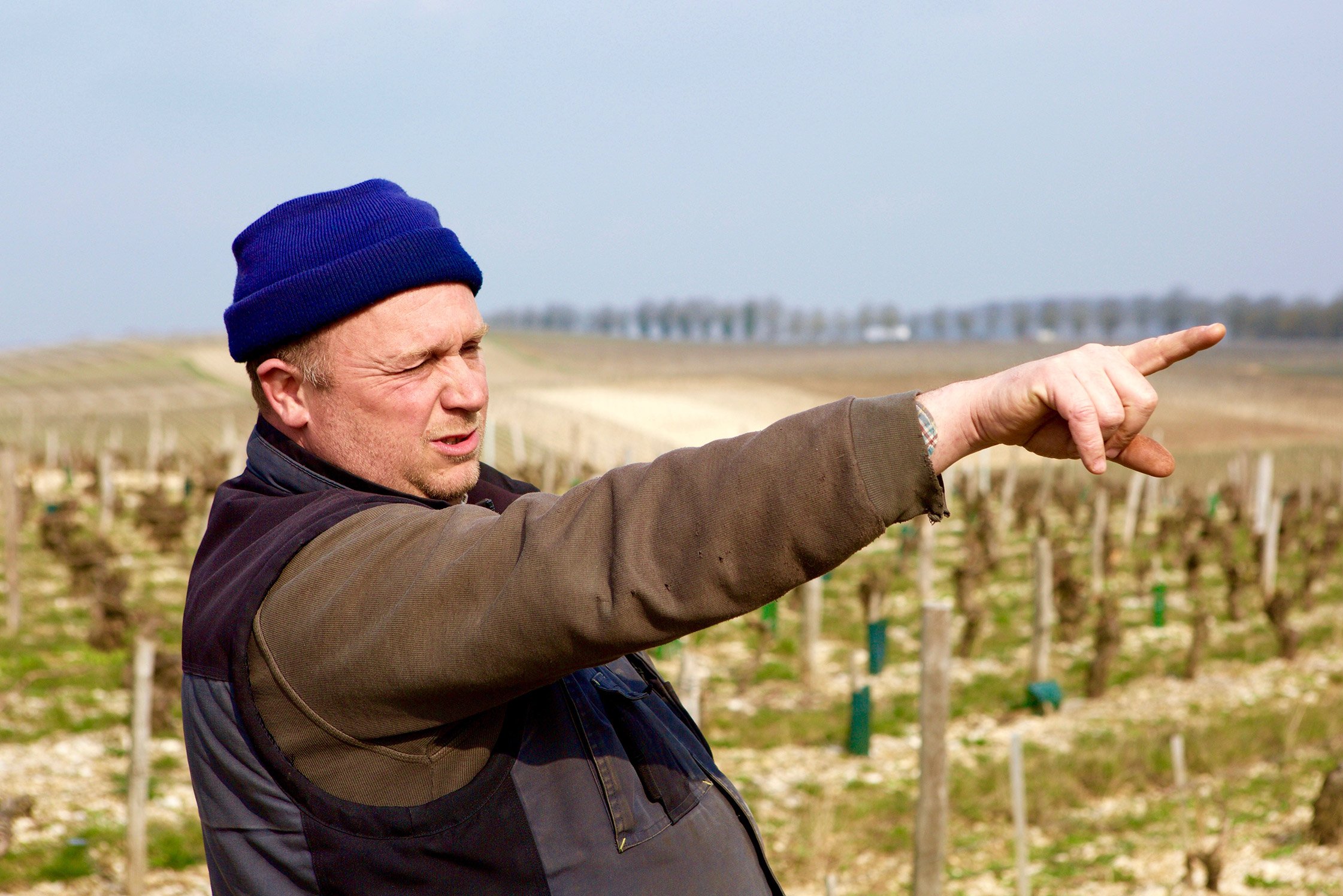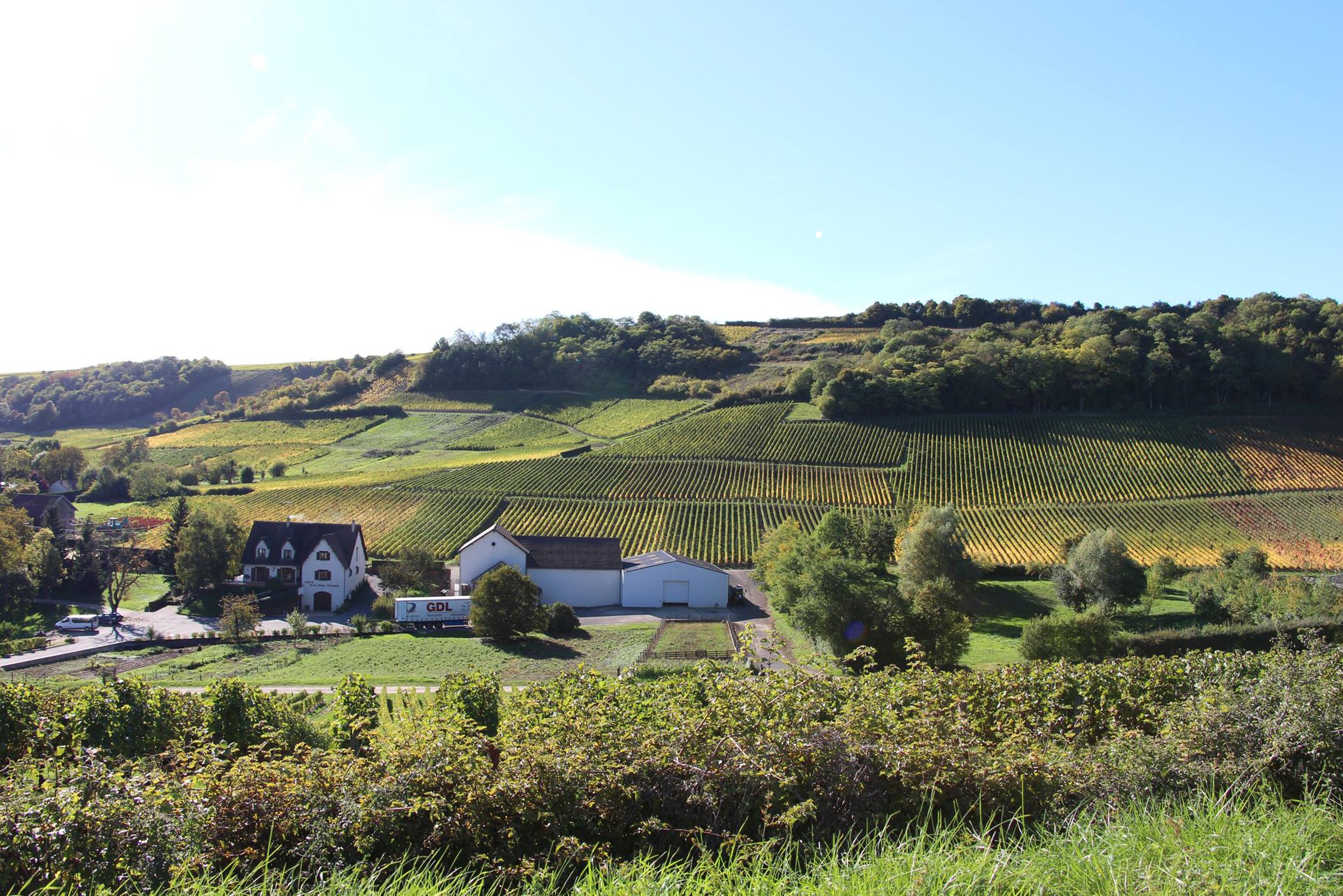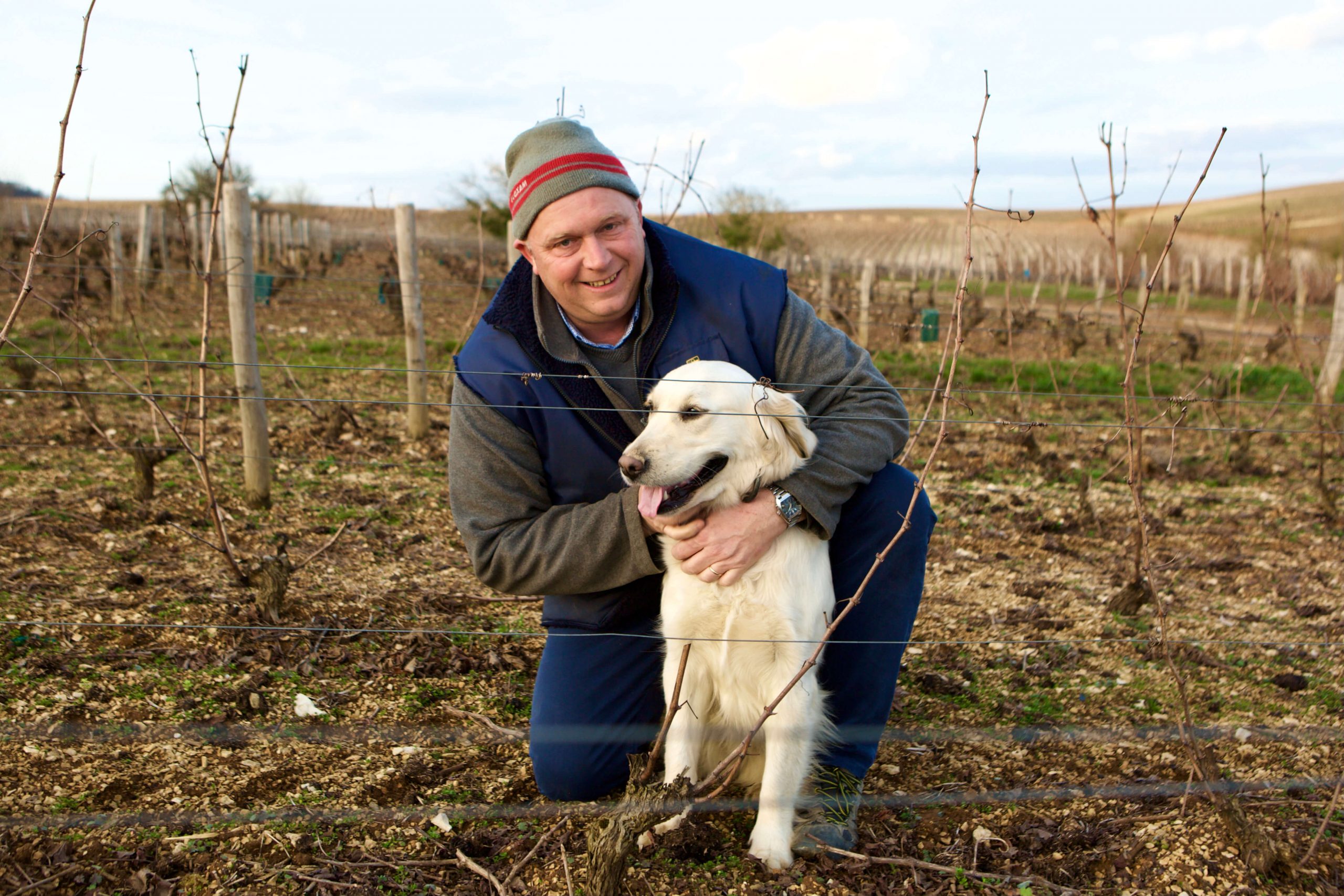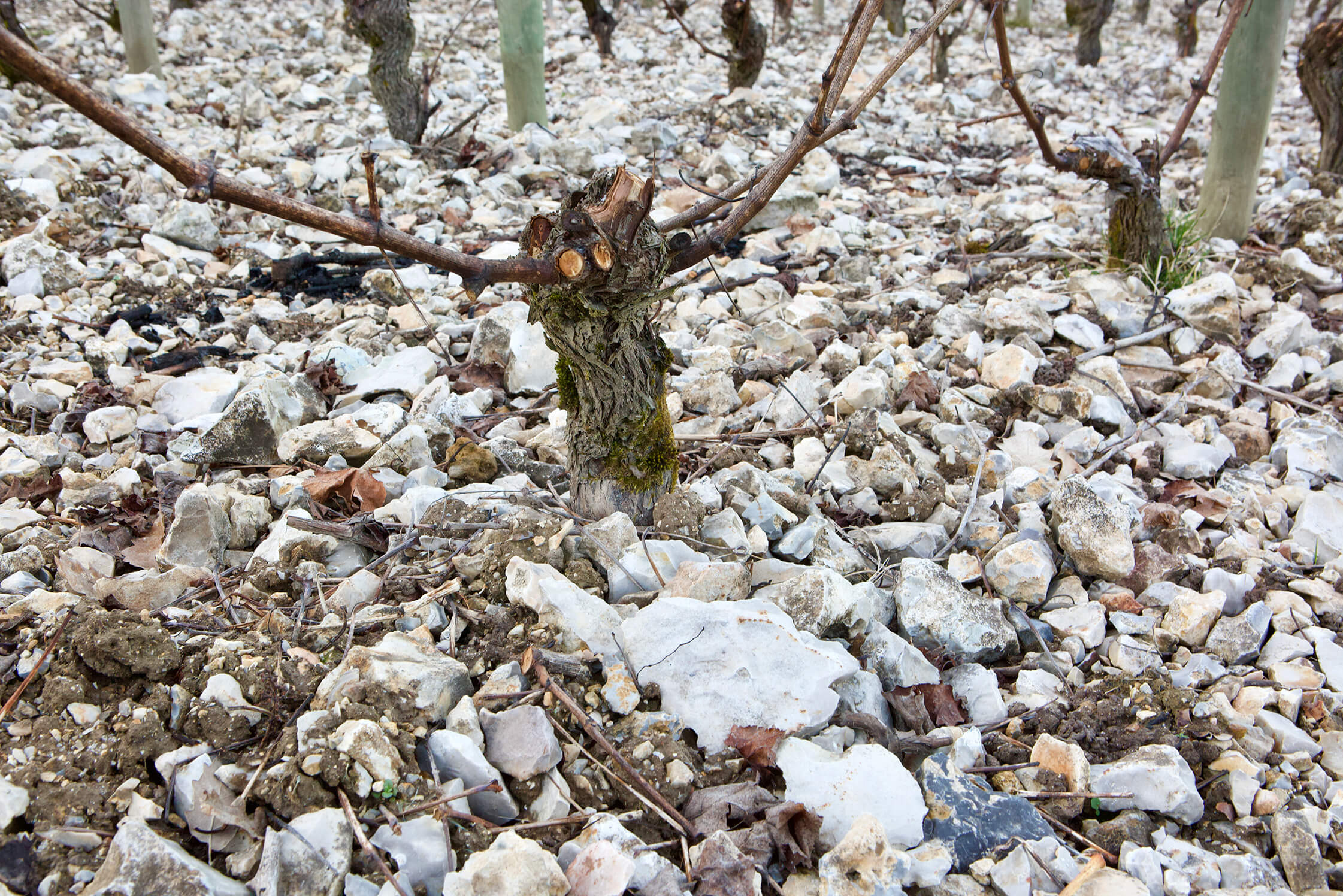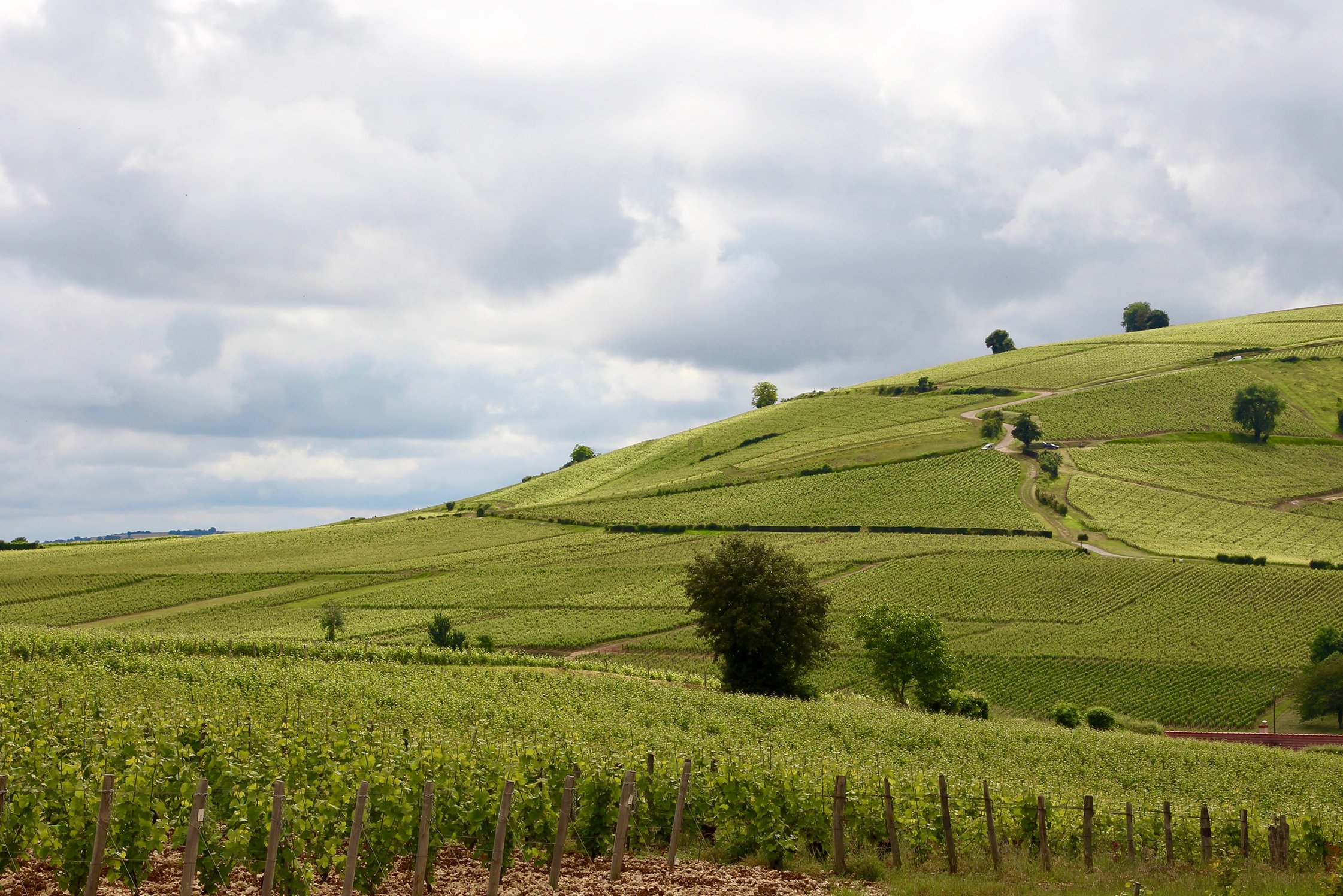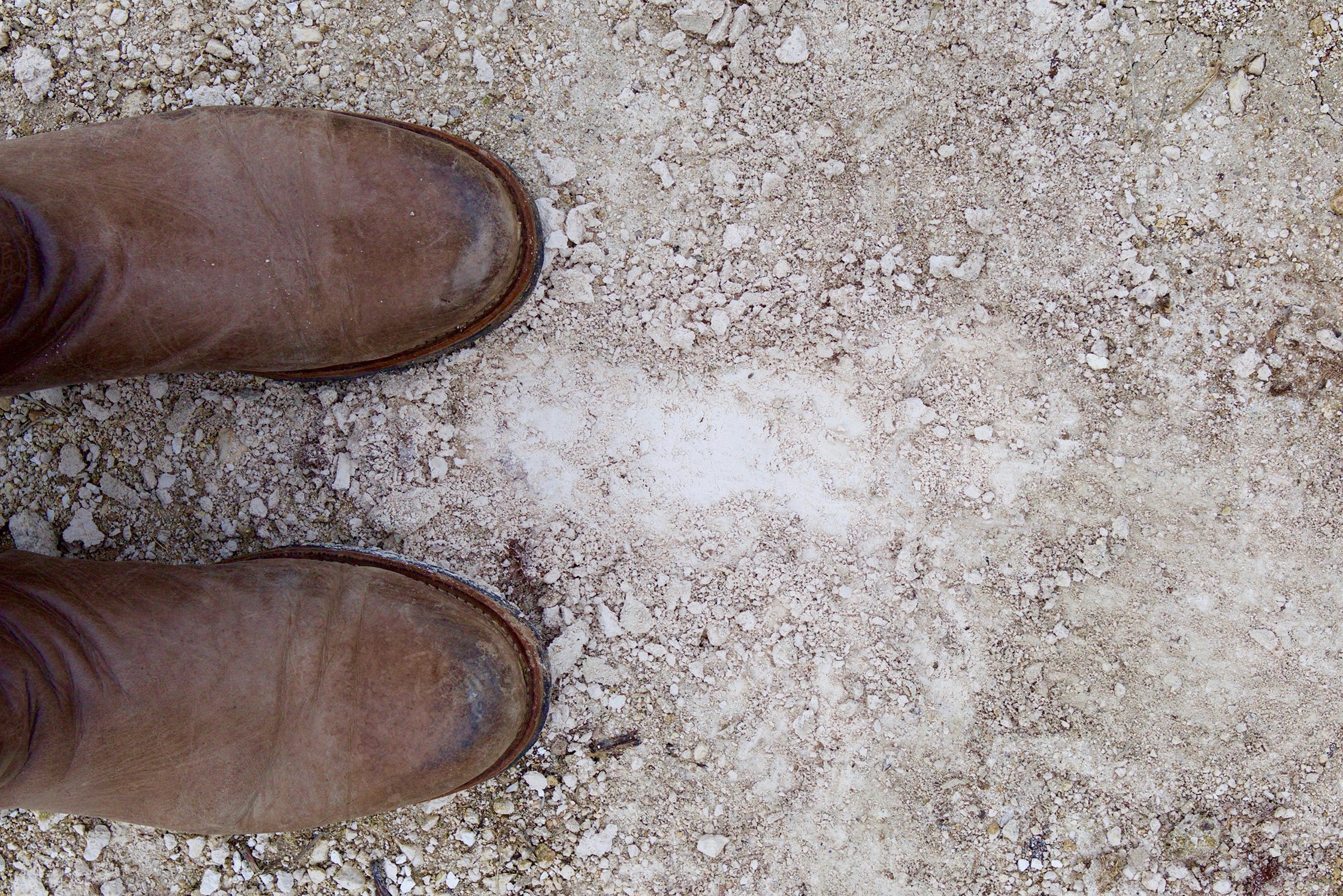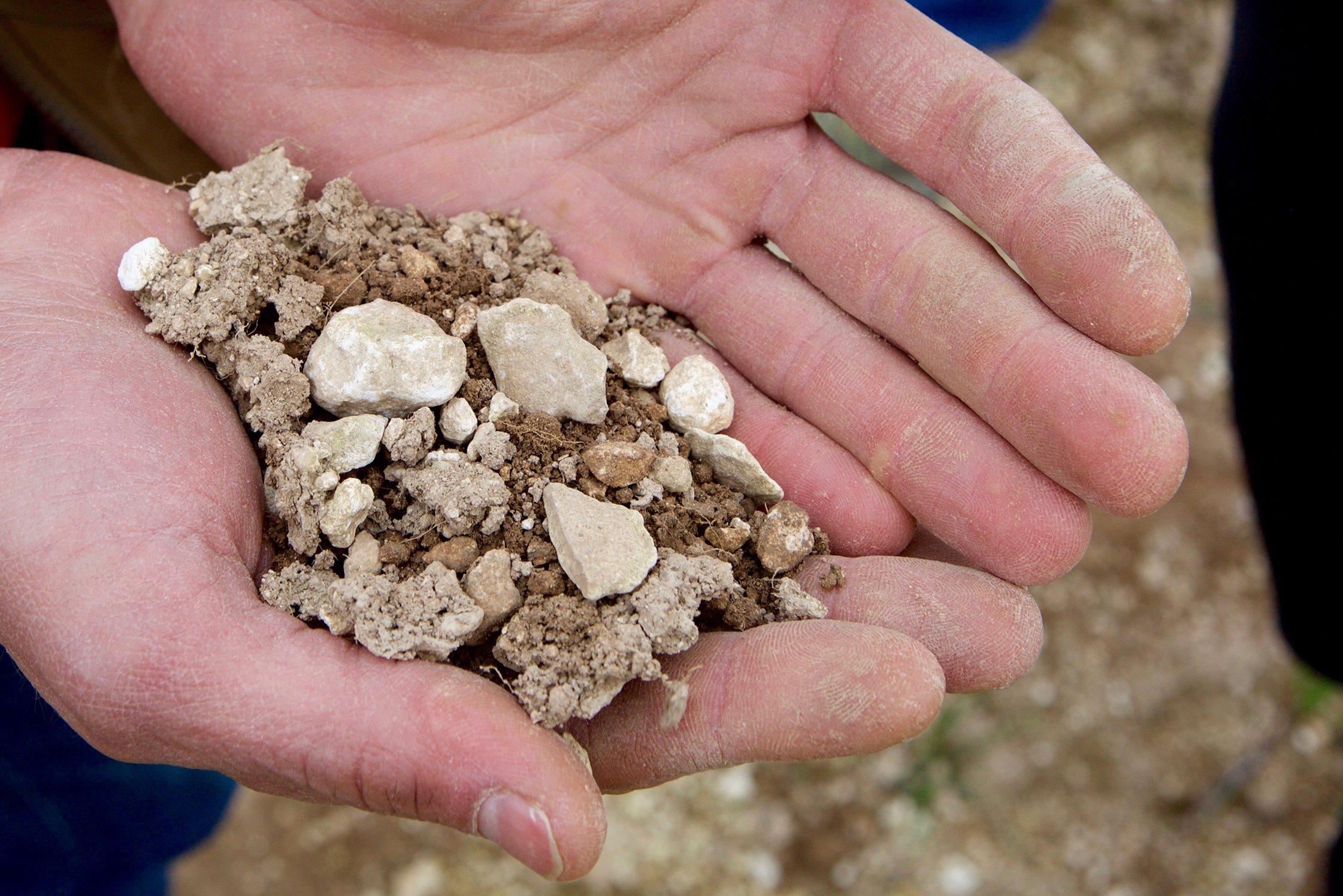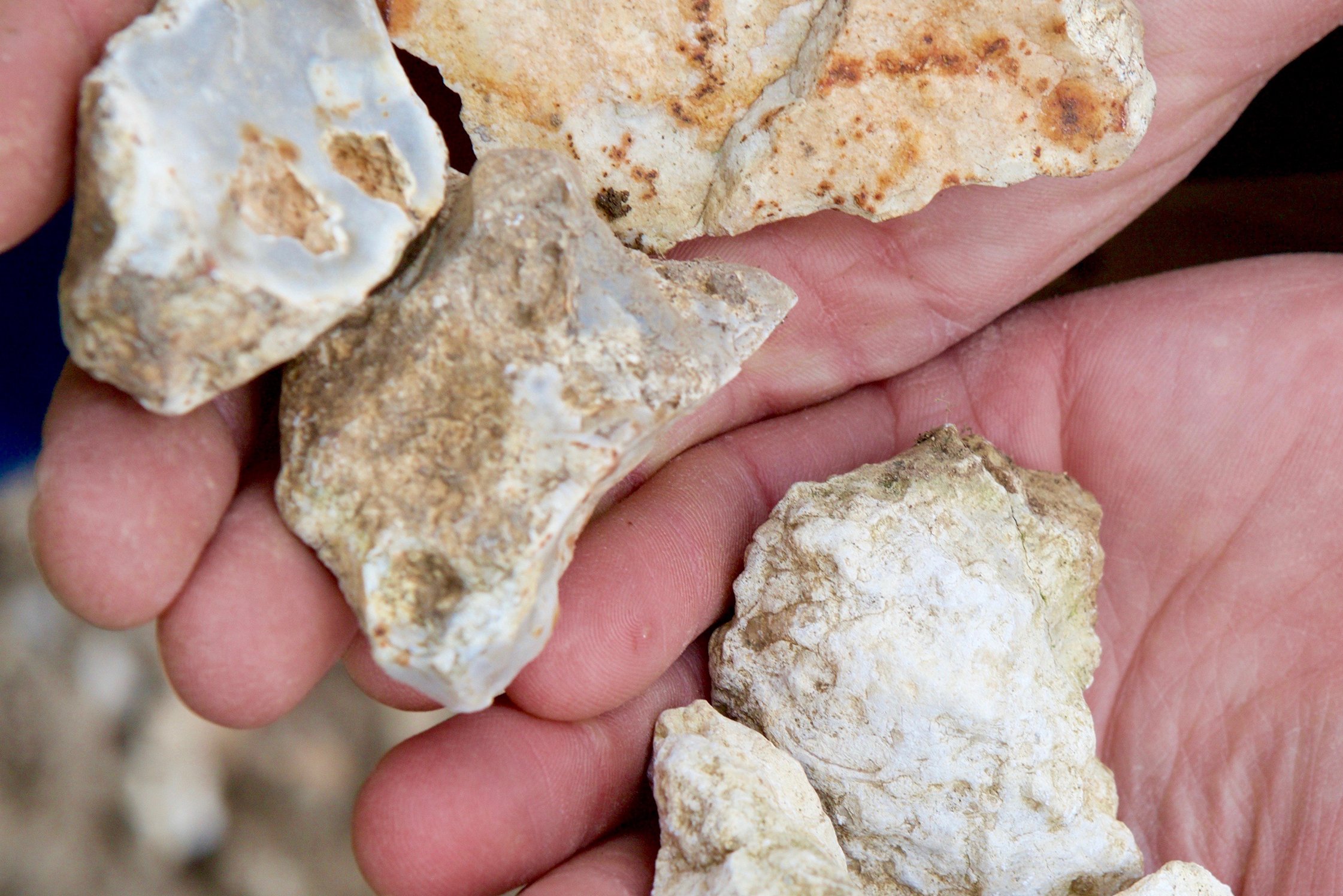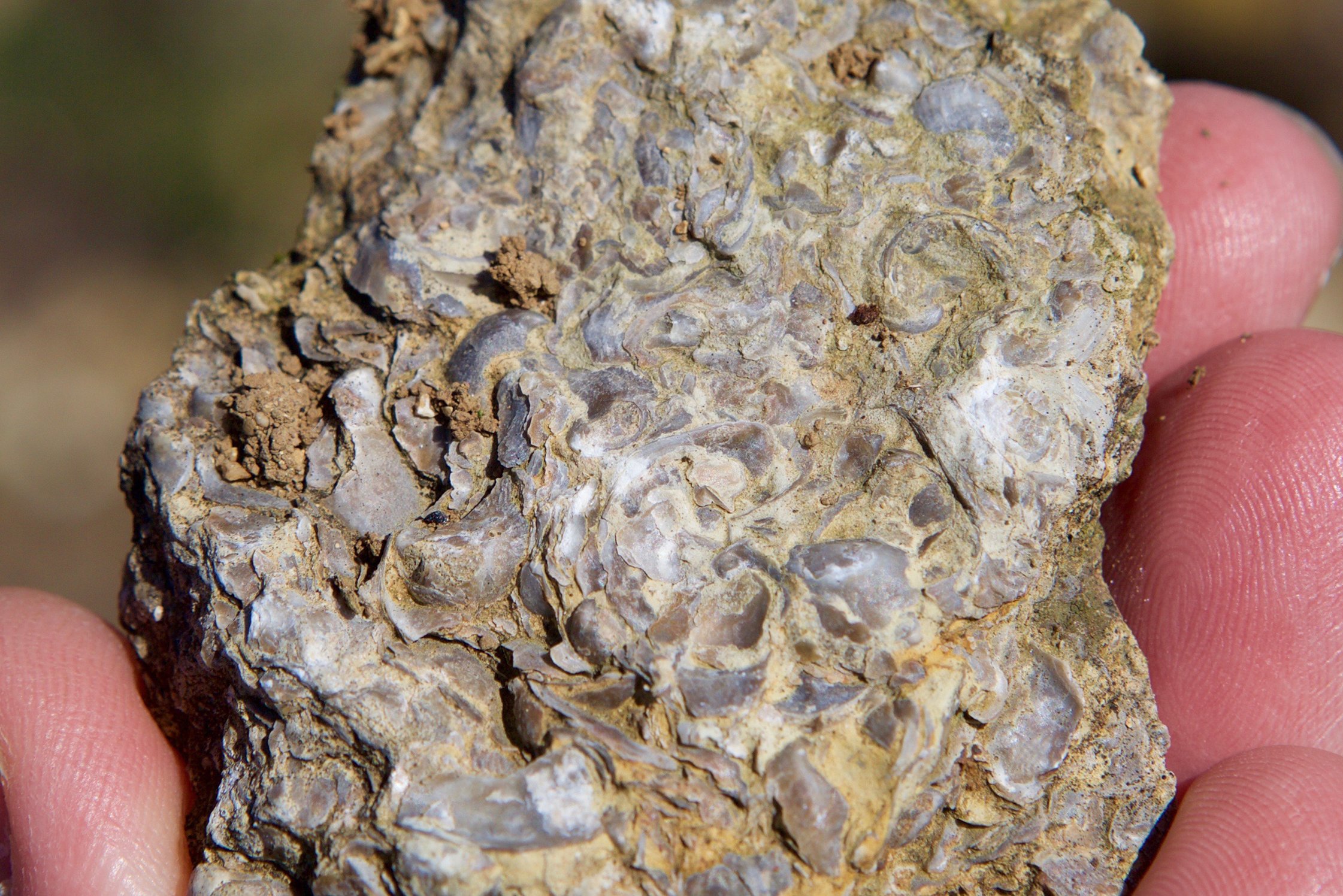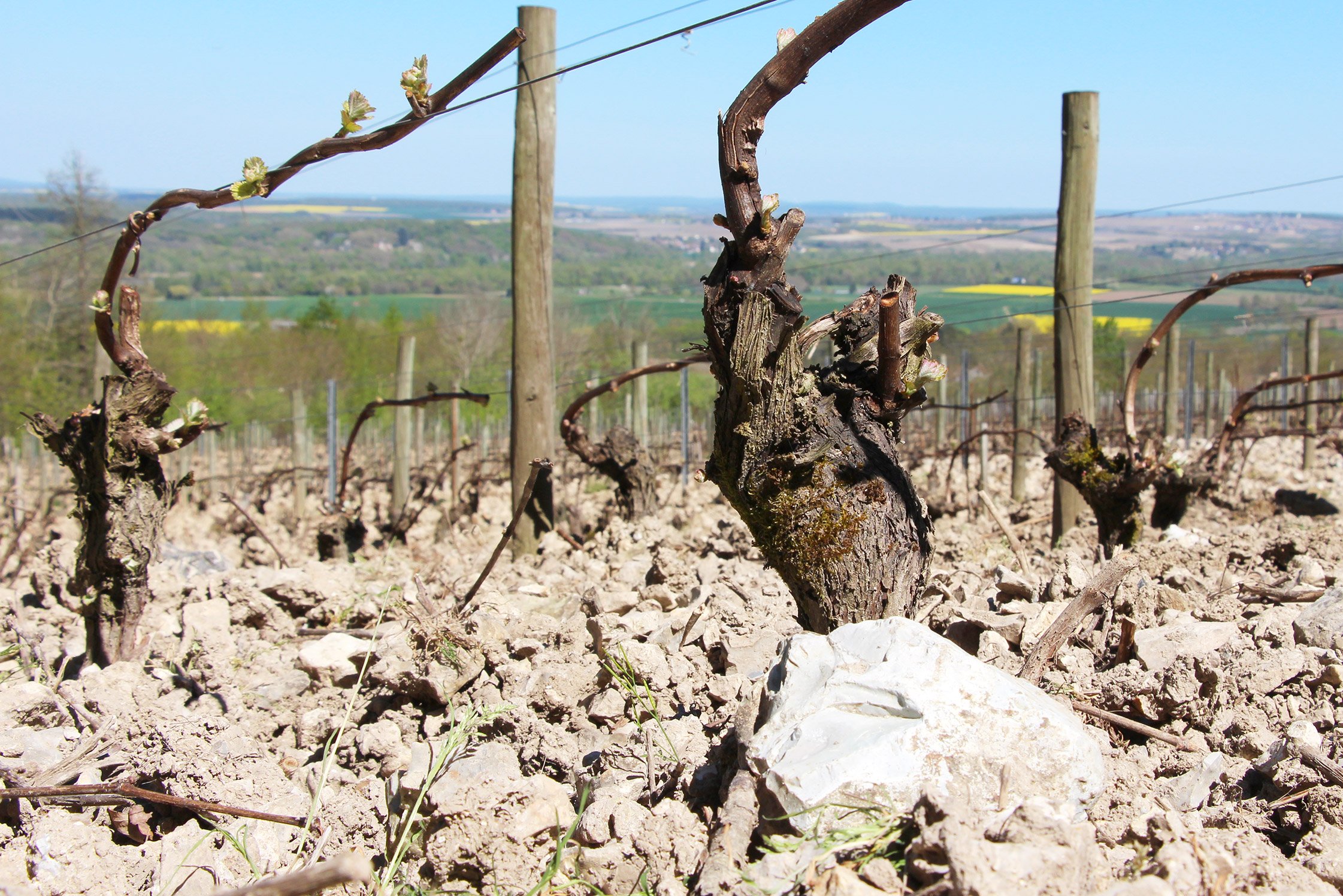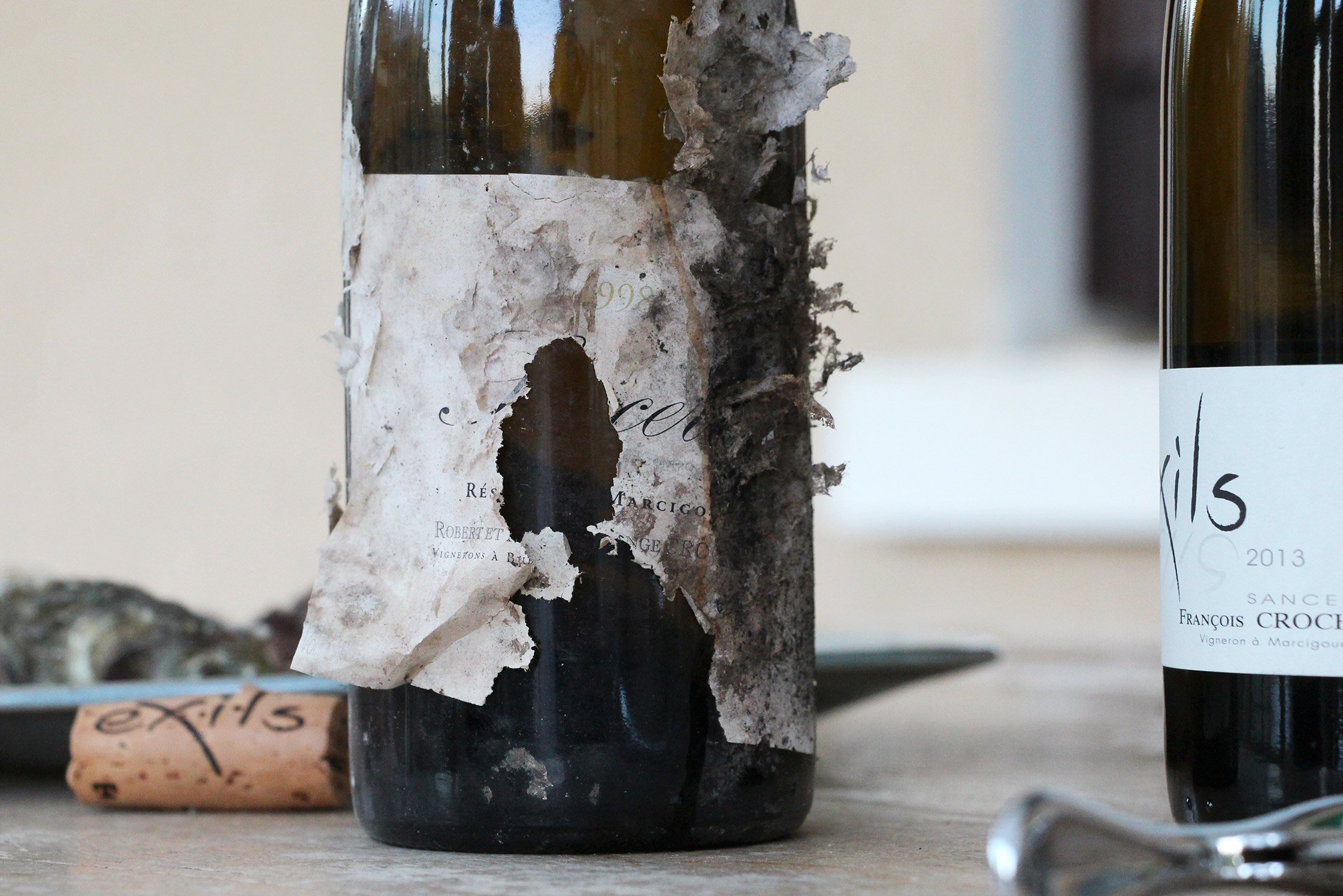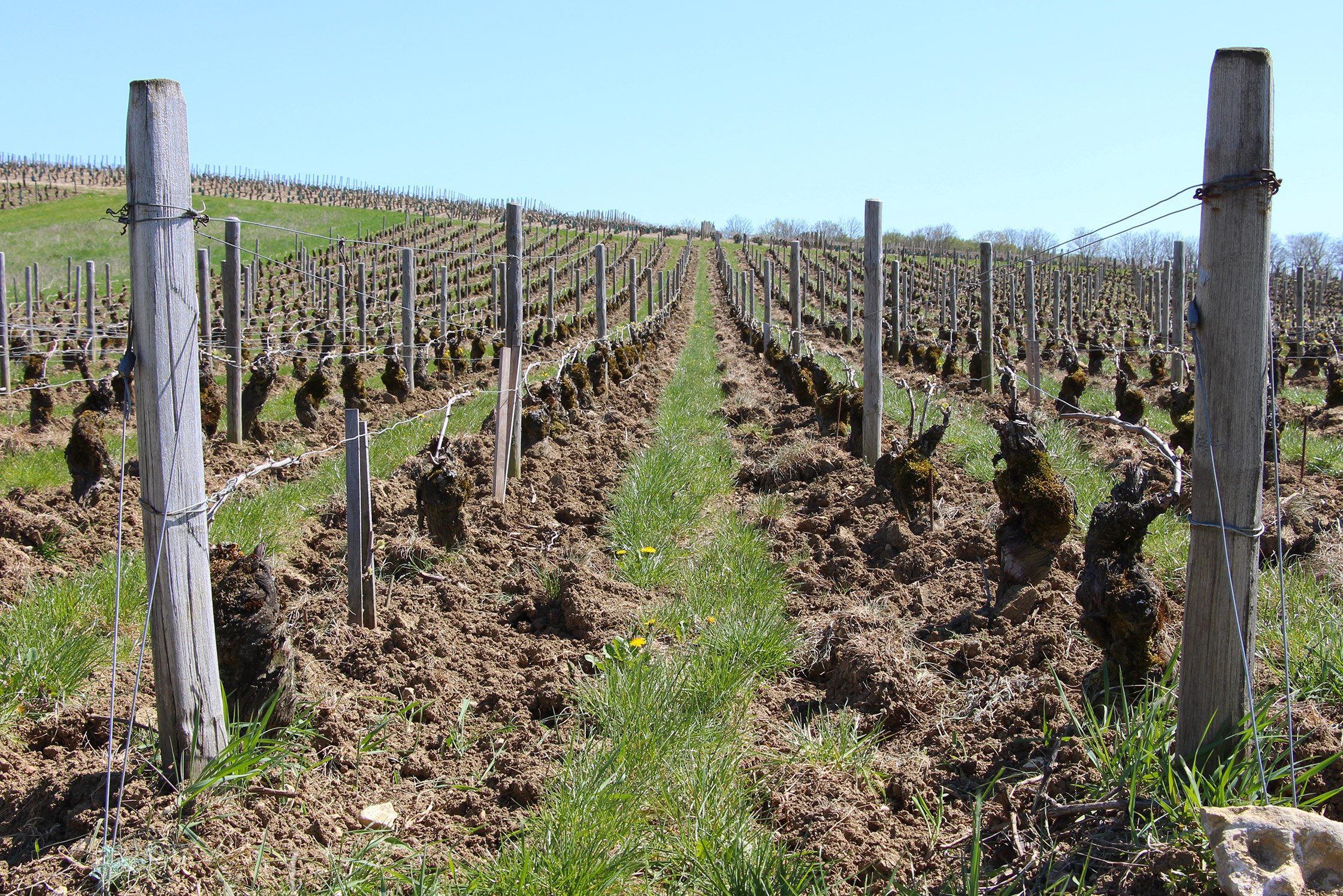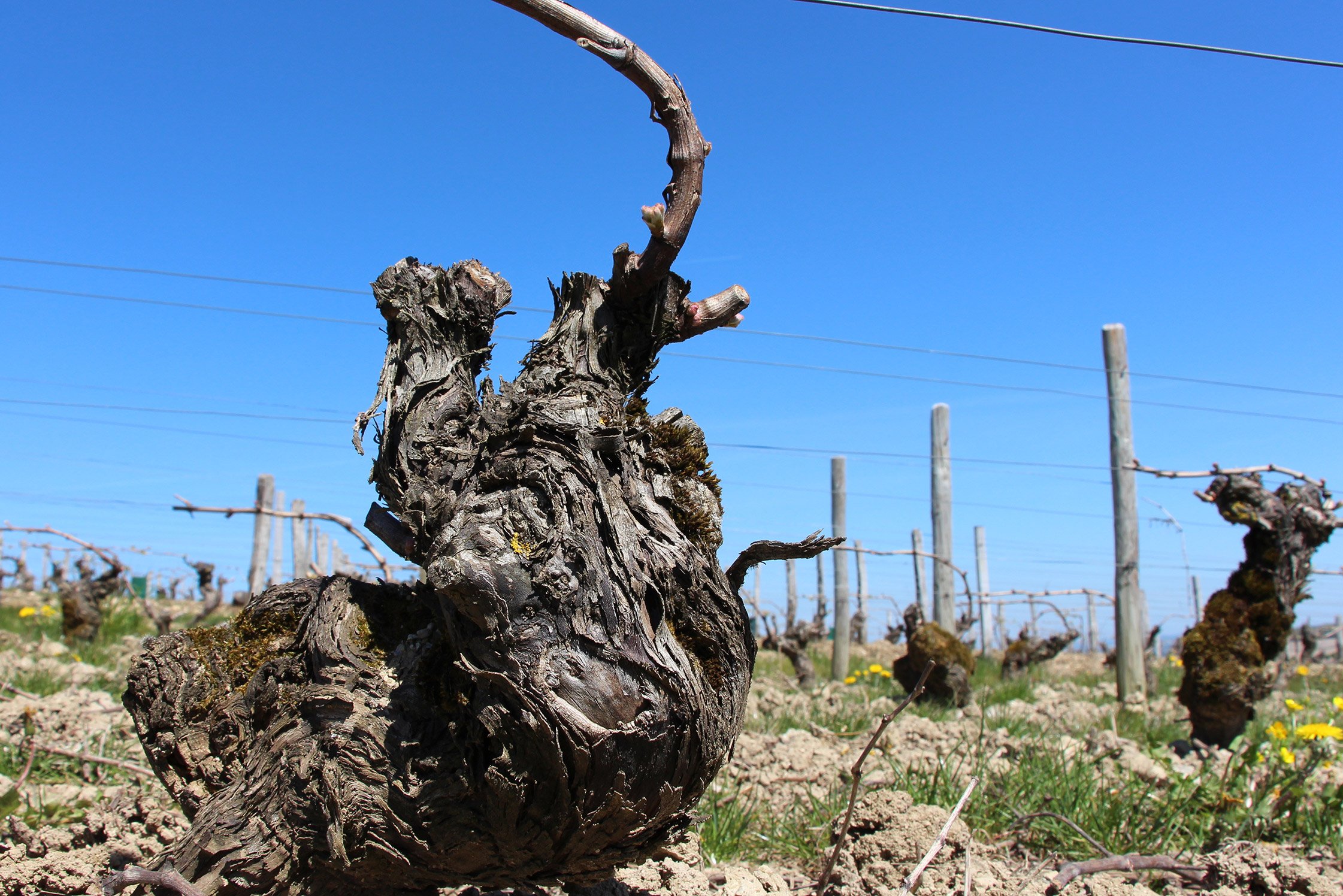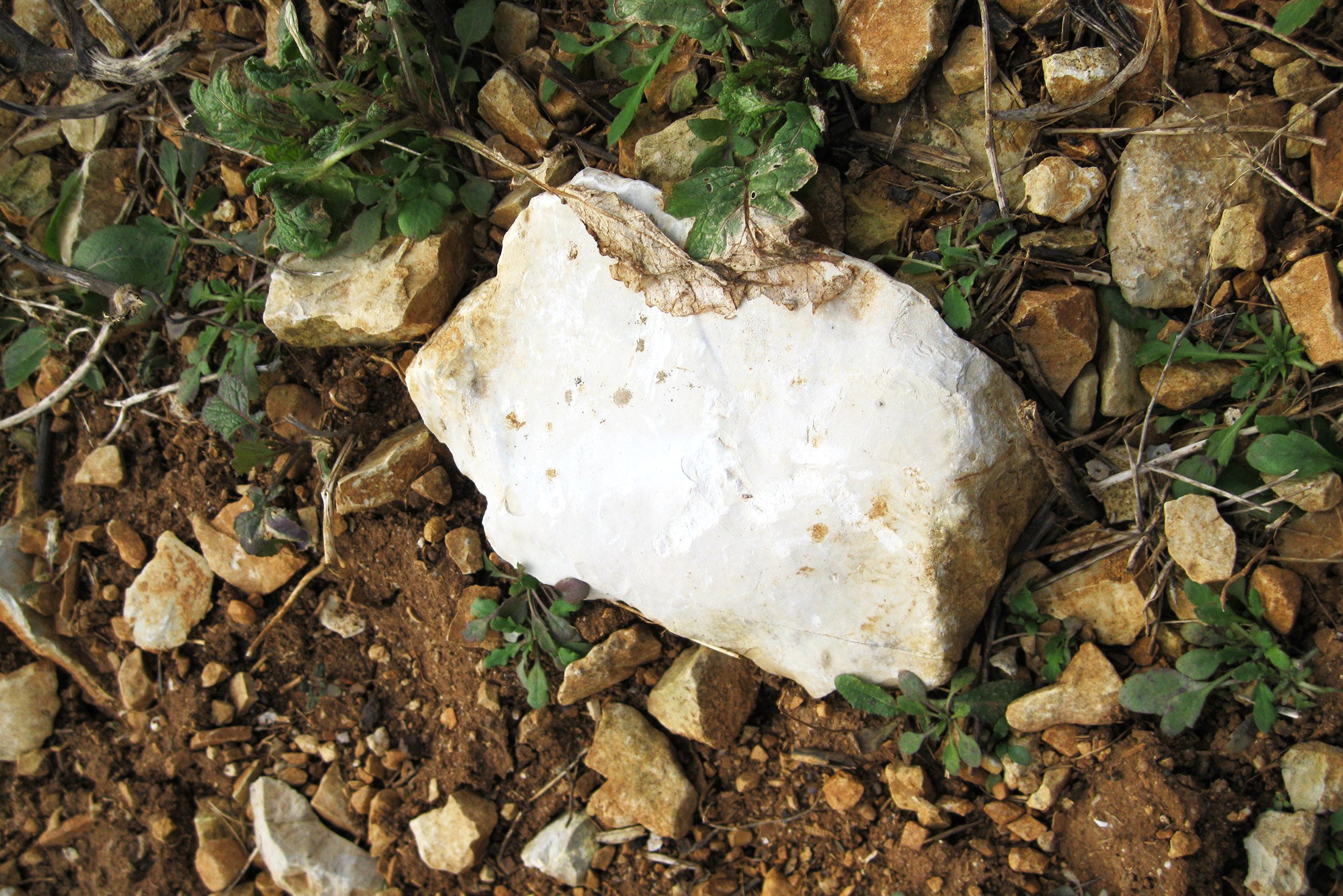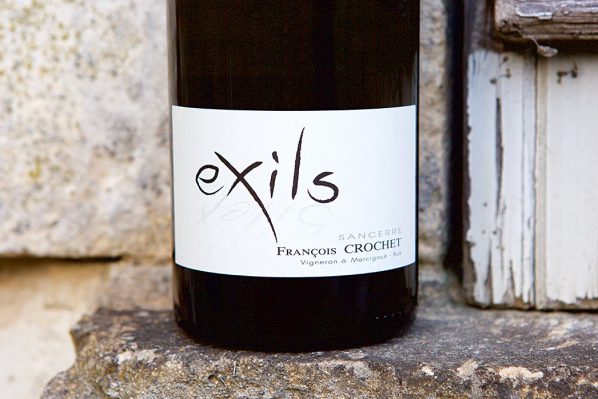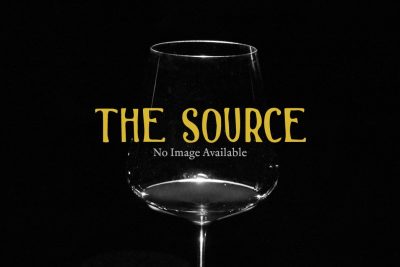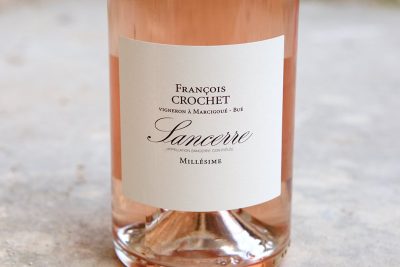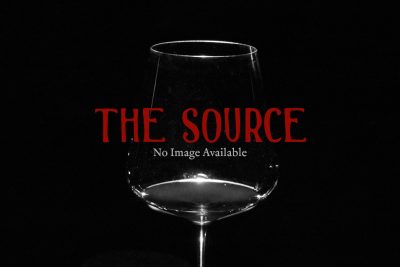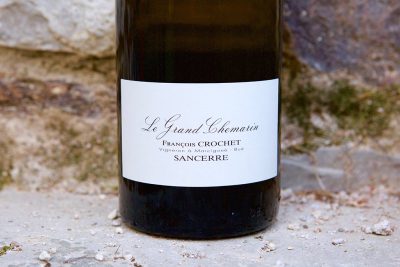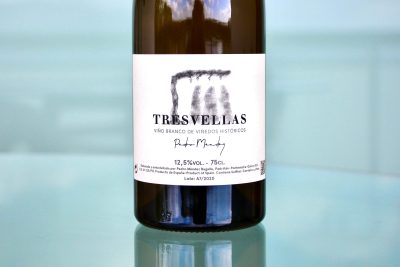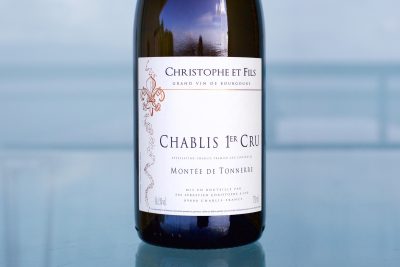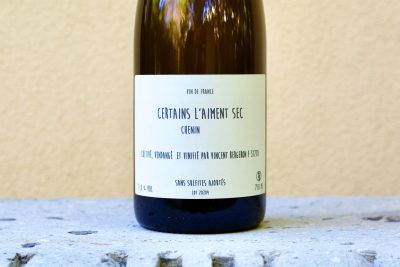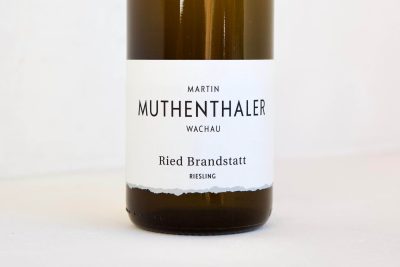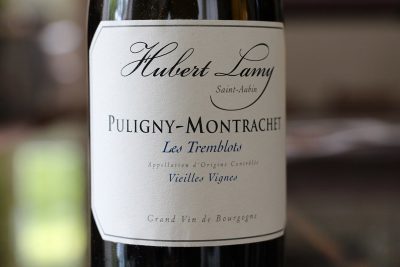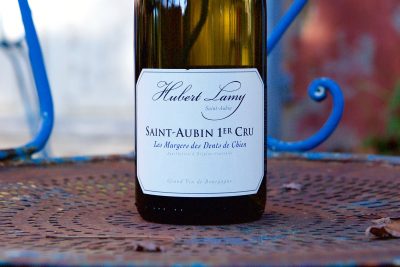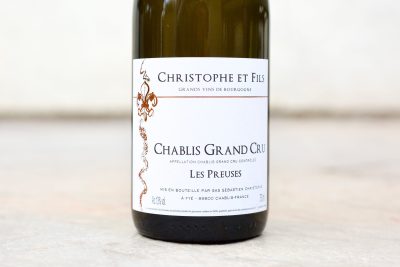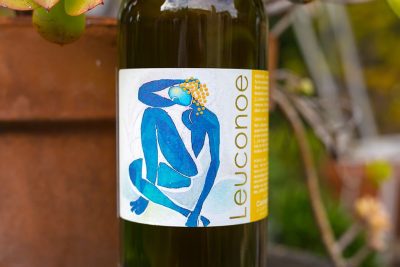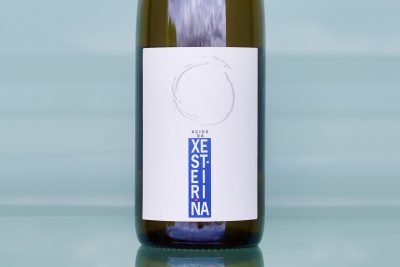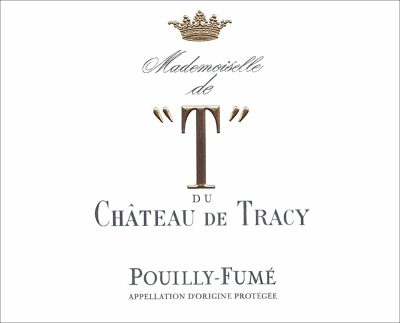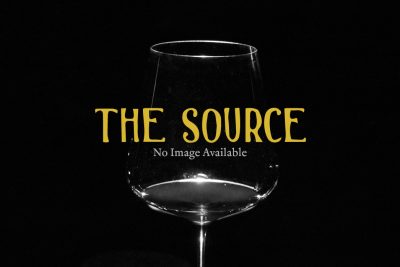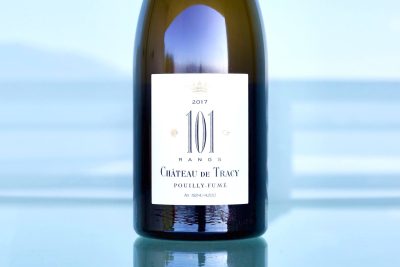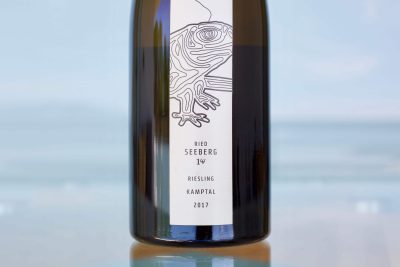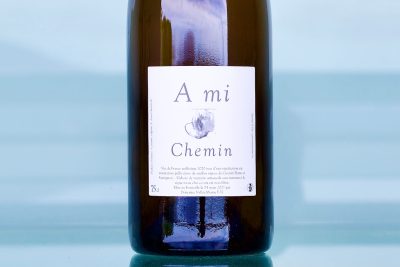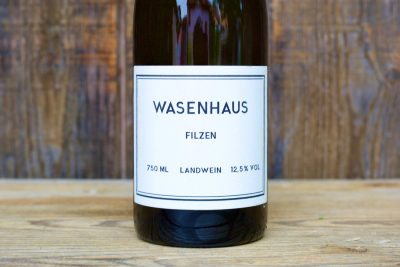About The Wine
Inside the bottle: The direct mineral impression of this wine easily stands apart from Francois’ range. Given that this silex soil is his most unique soil, it also renders the most unique wine from this domaine. The nose is dominated with the smell of minerals, flint, stones and metal. Yes, there are other organic-type aromas, like high-toned citrus fruits, fresh grasses and forest floor, but this wine is dominated by its stoniness. The acidity is perhaps the most impressive in the range of wines and also most elegant. This is a real beauty of a wine.
Terroir: The anagram “Les Exils” comes from the stones that completely cover this vineyard, Silex. This flintstone, formed long before Fred and Barny existed, tens of millions of years ago. Silex is a brutally hard stone that has been used as a tool for cutting things for thousands of years because of its sharpness and hardness. In fact, when François plows this vineyard, the blades on his tractor end up in pretty bad shape. The anagram “Les Exils” was created because this is also a vineyard that is far away from every other vineyard in the Crochet stable. The vines and stones rest next to a forest, at the top of a south-facing hill on the south side of Sancerre, near the Loire River.

